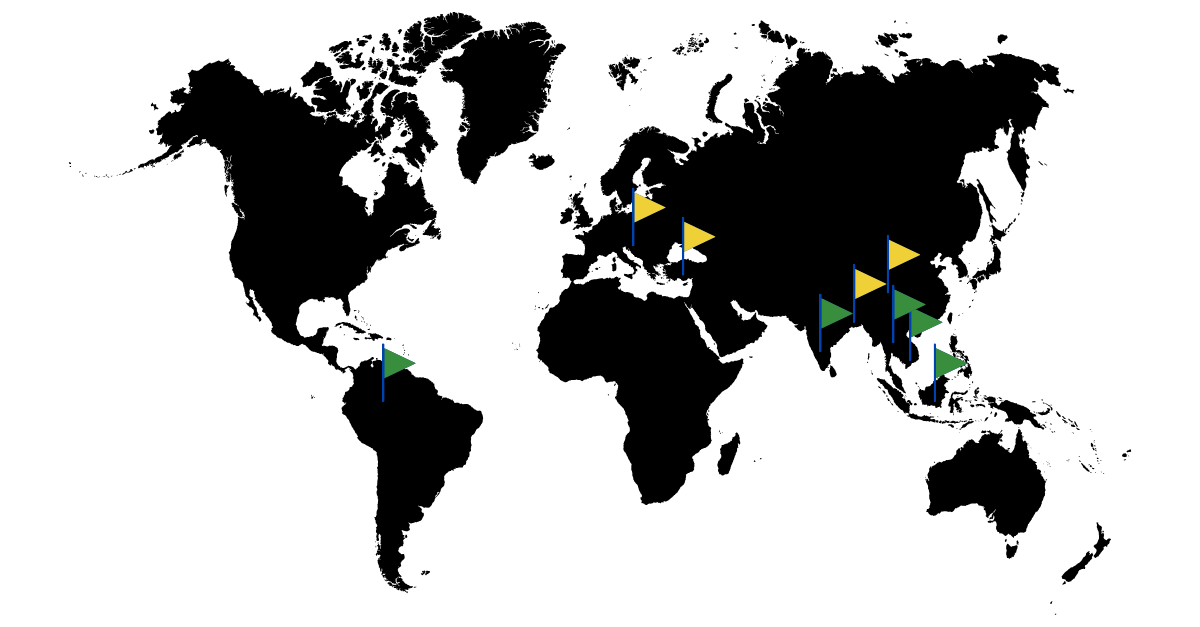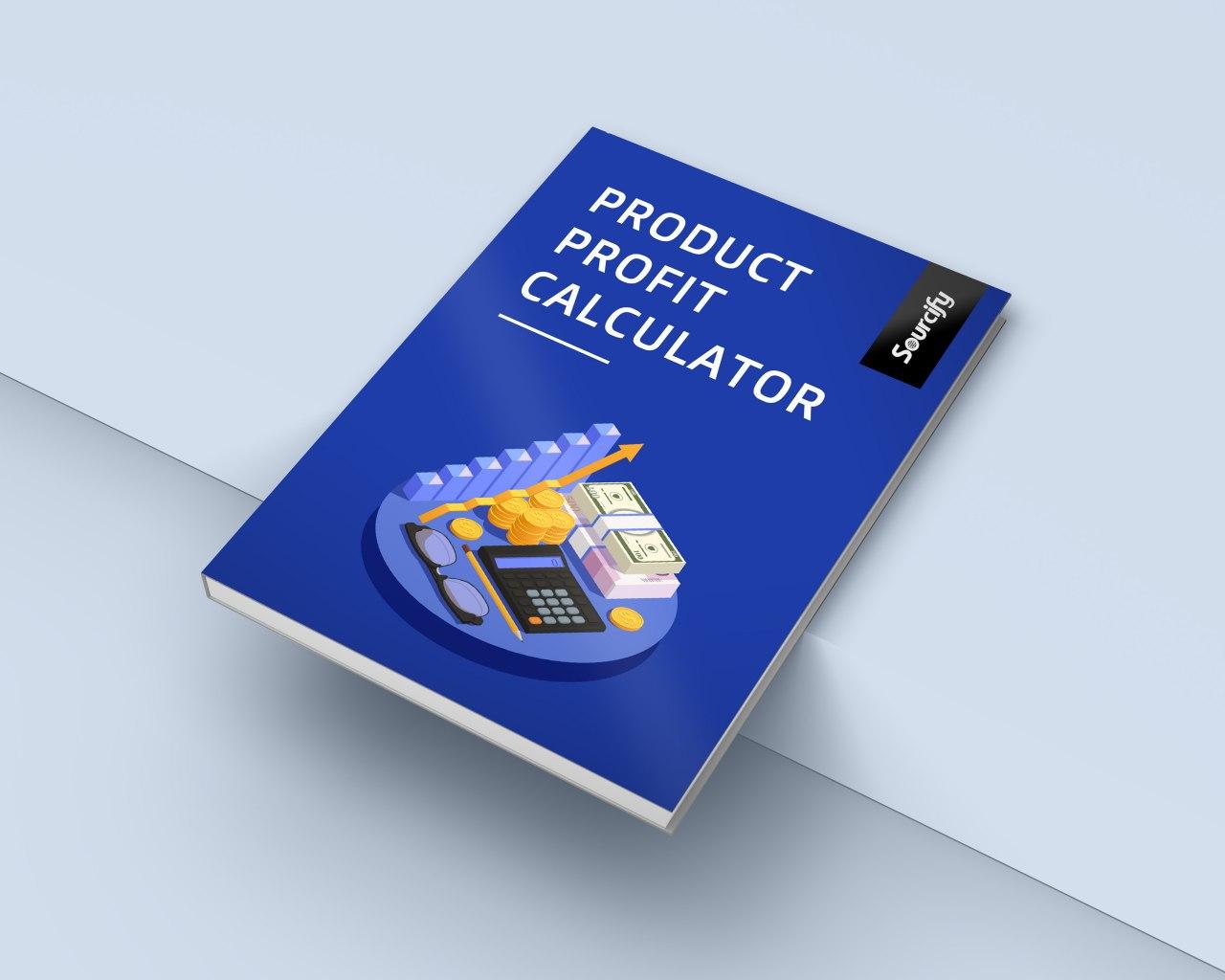Sourcing overseas can unlock tremendous advantages — lower cost of goods, faster speed to market, access to specialized manufacturers in China, Vietnam, India, Mexico and beyond. But along with opportunity comes risk. A wrong choice of supplier can lead to quality issues, delayed shipments, IP theft, hidden costs and brand damage.
At Sourcify, we’ve vetted 2,000+ factories across 19+ years and helped dozens of brands scale confidently. Today we’re sharing our 10-step Supplier Vetting Framework — the process we follow for every sourcing project. Use it as a checklist for your next partner-selection, or better yet, partner with us to put it into action.
Step 1: Define Your Requirements & Build the Brief
The foundational stage: be very specific about what you need.
- Define product specification (materials, tolerances, finishes, certifications).
- Determine order quantity, lead-time, packaging, logistics destination.
- Identify strategic priorities (cost vs quality vs speed vs IP protection).
- Map your preferred geography (China vs Vietnam vs India vs Mexico) and backup plans.
Step 2: Supplier Short-list & Initial Screening
Once you have your brief, create a short-list of potential suppliers. Criteria may include: capacity, certifications, export licence, customer references.
At Sourcify we often pre-qualify 3–5 potential suppliers and send an initial RFQ to each.
Elements to screen: business registration, export licence, product catalog, previous clients, location & size of facility.
If a supplier cannot provide at least these fundamental items, move on.
Step 3: On-Site Audit or Virtual Factory Tour
A supplier may look good on paper, but you need to verify physically or virtually.
Key areas to audit:
- Factory ownership (vs trading company)
- Production capacity & lead times
- Quality control systems
- Equipment, workforce skill level, yield/waste rates
- Compliance (safety, environmental, labor)
- Clean audit history (unexpected stoppages, valid certifications)
At Sourcify we document audit results in a standard template and score suppliers against our internal threshold. Those who don’t clear the audit do not progress.
Step 4: Sample Production & First Article Approval
Before full production you must send samples.
- Agree on specification with supplier and QC firm (or internal oversight).
- Produce sample batch (or First Article)
- Inspect for fit, finish, tolerances, functionality, packaging and labelling.
- Record any non-conformities, corrective action plan, supplier responsiveness.
At Sourcify we require suppliers to pass three sequential sample milestones before mass production begins.
Step 5: Contract & Payment Terms
A contract defines roles, obligations, IP protection, penalties, etc.
Key clauses to include:
- Product specification and sample reference
- Lead time, inspection rights, payment schedule
- Intellectual property rights and confidentiality/NDA
- Warranty, defective rate thresholds, return/reshipment responsibilities
- Force-majeure, termination conditions
- Currency/FX, shipment terms, payment terms
At Sourcify we require every manufacturing partner to sign our standard NDA and IP & confidentiality addendum.
Step 6: Pre-Mass Production Inspection & Trial Run
Before ramping up, you should perform a trial run with a small batch, inspect it, and handle any issues.
- Create a trial production order (e.g., 10-30% of full run)
- Inspect for production consistency (not just the sample)
- Ensure first ship-lot logistics, packaging, labelling and documentation work smoothly
- Resolve any glitches, update contract/performance measures
At Sourcify we treat this as a “go/no-go” gate: if a trial fails, production is paused until corrective action is validated.
Step 7: Mass Production Oversight & Continuous Quality Control
Once full production begins:
- Agree on inspection checkpoints (pre-production, during production, pre-shipment)
- Use independent third-party QC if appropriate
- Track production yield, defect rates, rework, scrap
- Monitor lead time adherence, communication responsiveness
- Keep a supplier score-card for future references
At Sourcify we include these metrics in our monthly supplier reviews and share summary score-cards with our brand clients.
Step 8: Logistics, Compliance & Traceability
Sourcing is not just making the product — it’s getting it to your door, compliant and traceable.
- Ensure export/import licences, customs documentation (e.g., U.S., EU)
- Confirm incoterms, freight forwarding, insurance
- Track lot numbers, expiry/maintenance if applicable, packaging integrity
- Ensure labeling, safety regulation, certification (CE, UL, FDA etc) if required
- Plan for returns, warranty and reverse logistics
At Sourcify we integrate logistics & compliance checklists into supplier onboarding.
Step 9: Post-Shipment Review & Supplier Score-Card
Once shipment lands and you’re shipping product to market:
- Evaluate performance: did the supplier meet schedule, yield, quality, communication?
- Was there damage, shortage, rejects, quality returns?
- Update supplier score-card (quality, cost, delivery, communication, innovation)
- Decide: keep, re-negotiate, or remove supplier from your pool
At Sourcify we perform quarterly supplier reviews and feed the data back into client dashboards.
Step 10: Risk Mitigation & Diversification
Even with the best supplier, geography or macro conditions can create disruption.
- Maintain backup suppliers (2nd or 3rd tier)
- Monitor geopolitical, currency, labour and environmental risks
- Ensure IP protection, confidentiality and alternative manufacturing options
- Review cost versus benefit of single-sourcing vs multi-sourcing
At Sourcify we advise clients always to maintain optionality — geography, supplier, logistics. It’s like insurance for your supply chain.
Why This Framework Matters
- Reduces surprise defects — you know your supplier before they start volume.
- Improves time-to-market — fewer rework loops, fewer logistic delays.
- Protects your brand & IP — by vetting, auditing and contractually protecting the process.
- Generates scalable supplier networks — you can repeat this process as you grow across categories or geographies.
How Sourcify Can Help
If you’re ready to move beyond theory and partner with a team that executes this 10-step framework, here’s how we help:
- We bring 19+ years of supplier vetting experience and 2,000+ factory evaluations.
- We operate across China, Vietnam, India, Mexico, Singapore, Turkey and beyond, with relevant local knowledge.
- We integrate audit, QC, logistics, IP protection, and supplier management into one partner.
- We tailor the framework to your category (jewelry, electronics, apparel, consumer goods etc) and business size.
Download our “Supplier Vetting Checklist” (PDF) to get started now — and let’s schedule a call to apply this framework to your next project.
Final Thoughts
Supplier vetting is not a one-and-done activity. It’s a continuous process of setting the right standards, monitoring performance, evolving with your business and staying ahead of supply-chain risk. Use this 10-step framework as your foundation. Build the metrics, integrate the review process, and treat your sourcing partners as strategic assets—not just low-cost vendors.
At Sourcify, we believe sourcing done right is a competitive advantage. Let’s build it together.




